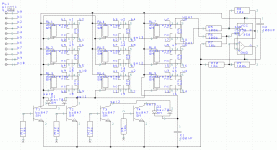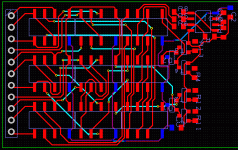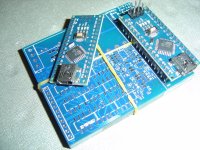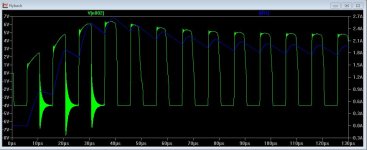bobc
10 kW
I need a reasonable cost balancing solution for 10s LiPo & am struggling to find something commercial.
So I thought, - - - - make something.....
A rack of changeover relays can be programmed to look through each cell in turn & measure its voltage.
If the total spread is over 10mV, the relays select the lowest voltage cell and this is charged at 2A for 20seconds.
Then they are all looked at again etc. etc.
Should be simple to build and program and cheap to make (2pole 2throw relays are a couple of quid each, I'd need 9 + an op amp + a small flyback)
What do we think? what's the catch? Has someone done this already?
So I thought, - - - - make something.....
A rack of changeover relays can be programmed to look through each cell in turn & measure its voltage.
If the total spread is over 10mV, the relays select the lowest voltage cell and this is charged at 2A for 20seconds.
Then they are all looked at again etc. etc.
Should be simple to build and program and cheap to make (2pole 2throw relays are a couple of quid each, I'd need 9 + an op amp + a small flyback)
What do we think? what's the catch? Has someone done this already?






